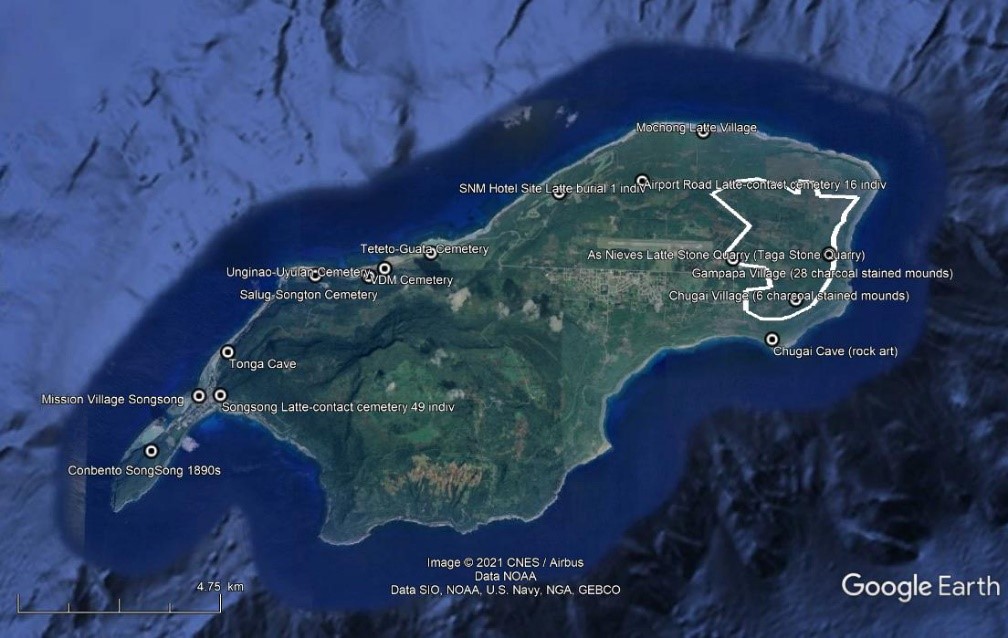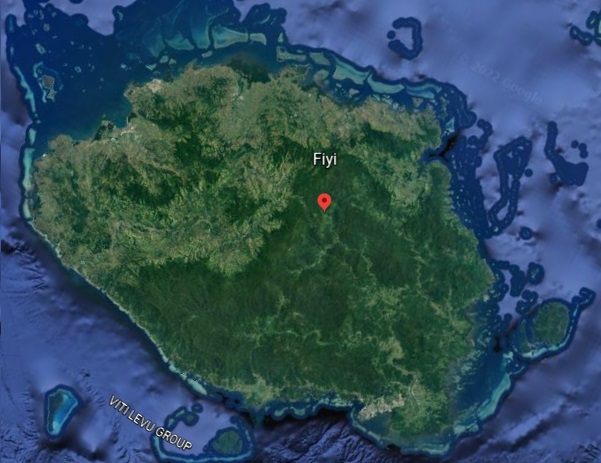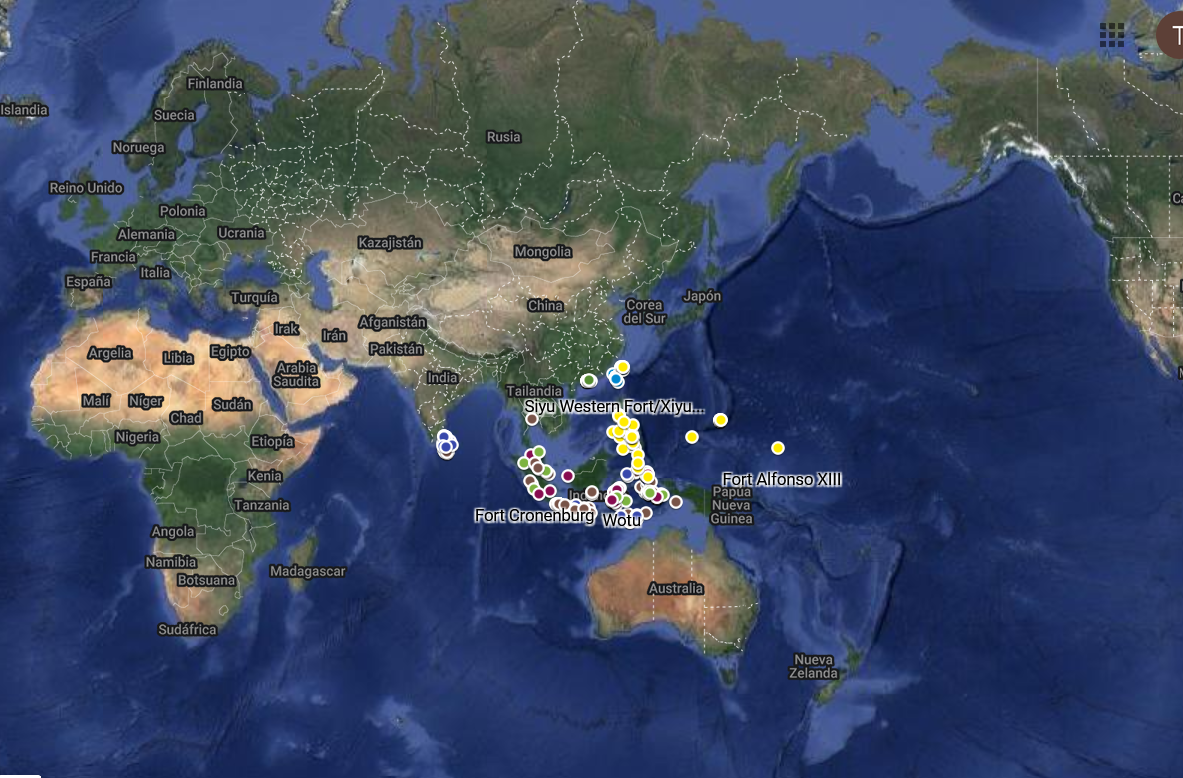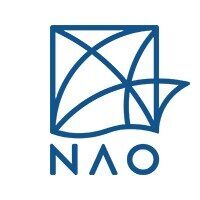NAO’s goals and results is supported so far by projects developed on Moturiki (Fiji) between 2007 and 2010; Alofi (Wallis et Futuna) in 2019; and Rota (Commonwealth of the Northern Mariana Islands) in 2022, 2024, 2025.
These three islands present an ideal combination of size and historical trajectories that make them ideal to test NAO’s hypothesis about the early modern contact, and its methodologies. The three islands were intensely inhabited in prehistory. During the last centuries, they appear to have suffered stark depopulation.
Rota and Alofi are sister islands of Guam and Futuna, respectively. Guam was contacted by Spanish in 1521 AD; Futuna was contacted by Dutch in 1616 AD. Therefore, both islands most probably suffered the effects of potential introduction of European diseases to Guam and Futuna. However, they are easier to address in archaeological terms, due to their size and habitation history.
Moturiki, and Fiji, were not contacted by Europeans in the 16th and 17th centuries. But Fiji was historically connected to Futuna, and an indirect link to the effects of European contact cannot be discarded.
In all three islands, vegetation and topography hamper archaeological survey and general accessibility and movement (at least, for Western archaeologists!). For that reason, we have implemented remote sensing techniques and systematic archaeological survey.
Heping Dao (Keelung, Taiwan) represents a completely different project around the topic of early European colonialism: since 2011, we have developed excavations in the former Spanish colony of San Salvador de Quelang.






